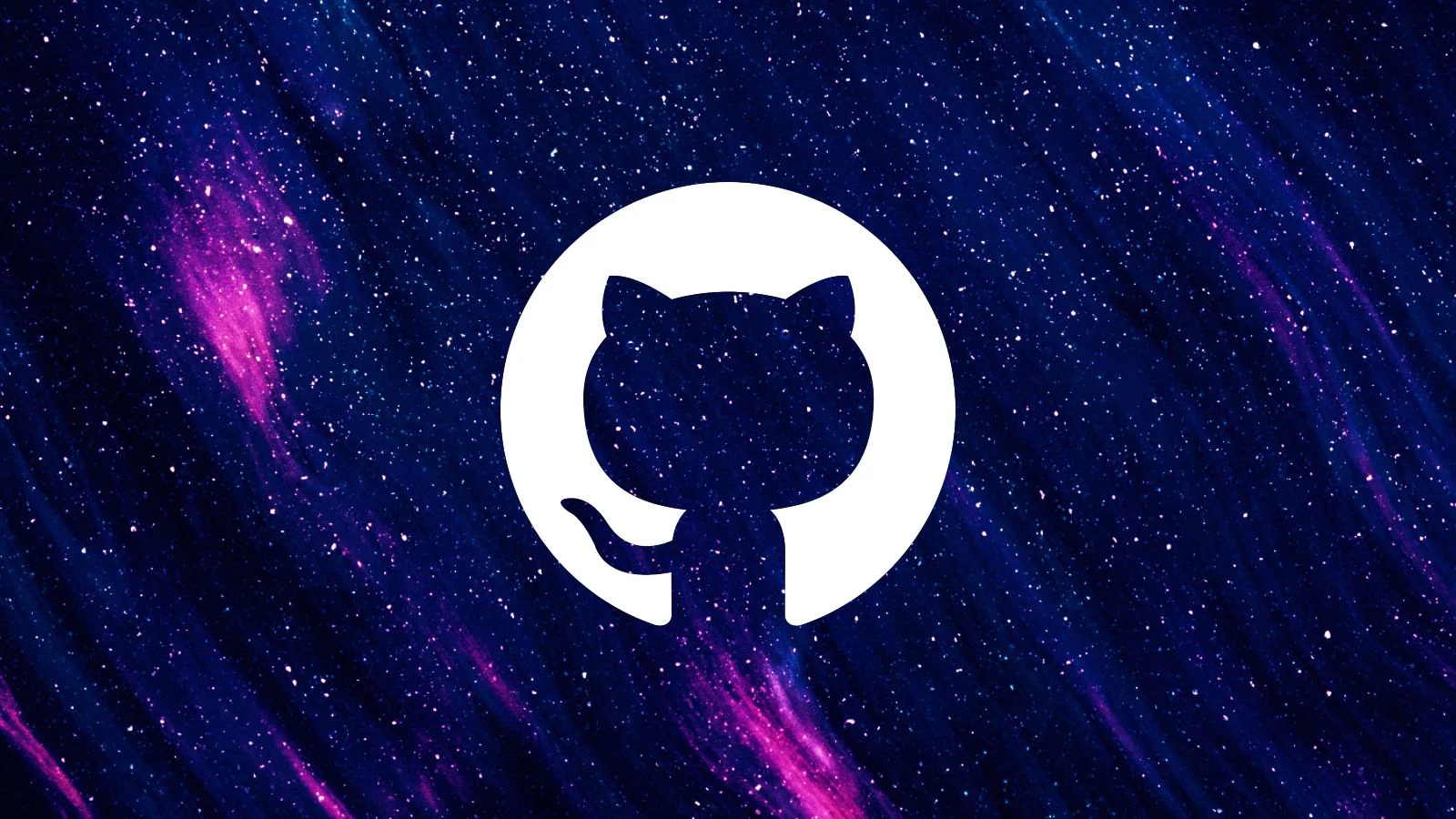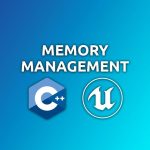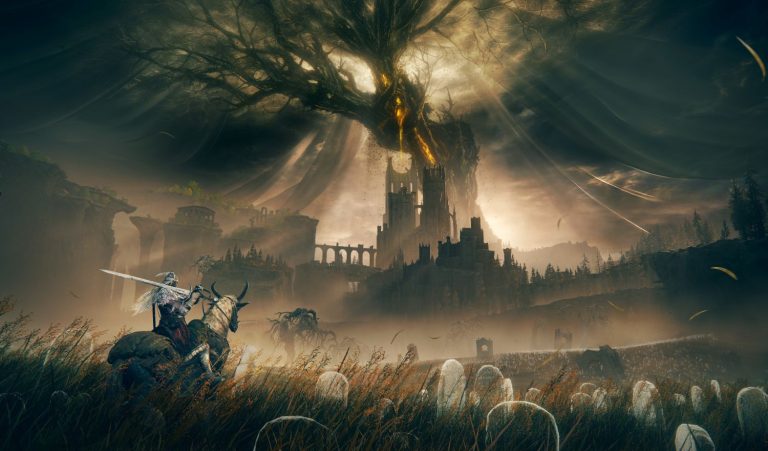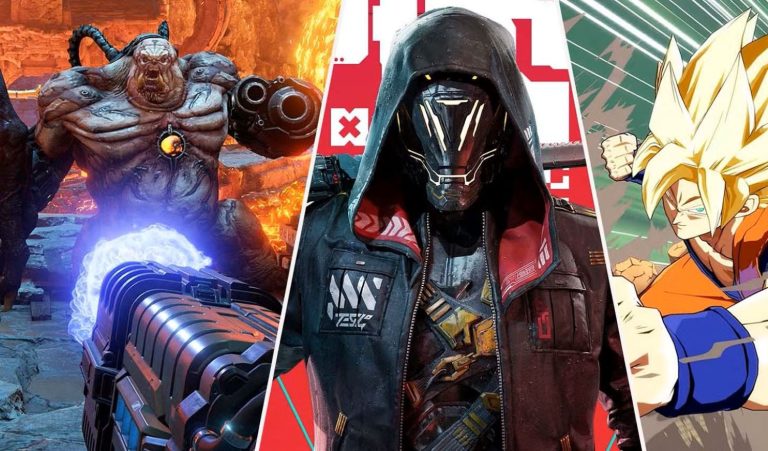Introduction: The Indispensable Role of Version Control in Game Development
Game development, a multifaceted endeavor involving code, art assets, sound design, and intricate level designs, necessitates robust version control. The integration of Git and GitHub into the game development pipeline offers a safeguard against data loss, streamlines collaborative workflows, and enables efficient project management. Version control systems (VCS) are integral to modern software development practices, and their adoption within game development studios has become increasingly prevalent.
The statistics speak for themselves: studies have shown that teams using VCS experience a significant reduction in development time and fewer instances of critical errors. For instance, a report by the Consortium for Software Engineering Research (CSER) indicated that projects employing VCS had a 30% lower bug density compared to those without. Moreover, the ability to revert to previous project states mitigates the risks associated with experimental features or untested code, providing a safety net for developers.
LuckyGene Indie Studio understands that Git and GitHub are indispensable tools. They are more than just repositories; they are the backbone of collaborative, iterative, and secure game development.
Understanding Git: A Distributed Version Control System
Git, created by Linus Torvalds in 2005, is a distributed version control system designed to handle projects of all sizes with speed and efficiency. Unlike centralized VCS, Git allows each developer to have a complete copy of the project’s history on their local machine. This distributed nature facilitates offline work, enhances speed, and provides redundancy, reducing the risk of data loss. Git’s architecture revolves around the concept of “snapshots,” where each commit represents a snapshot of the entire project at a specific point in time.
Key Git concepts include repositories (repos), commits, branches, and merges. A repository is a directory containing all project files and the history of changes. Commits are snapshots of the repository at a specific time, accompanied by a descriptive message. Branches are independent lines of development, enabling developers to work on new features or bug fixes in isolation. Merging involves integrating changes from one branch into another, combining the work of multiple developers.
For example, imagine a team working on different aspects of a game: one developer might be implementing a new character ability on a feature branch, while another is fixing a bug on a separate branch. Git allows these developers to work concurrently without interfering with each other’s progress. Once the features or fixes are complete, they can be seamlessly merged into the main branch, integrating their contributions into the project.
GitHub: A Collaborative Platform for Game Development
GitHub, acquired by Microsoft in 2018, is a web-based platform that provides hosting for Git repositories, offering a suite of collaborative features that enhance team productivity and project visibility. Beyond basic version control, GitHub provides tools for issue tracking, pull requests, code review, and project management. These features are invaluable for game development teams, fostering communication, transparency, and accountability.
Pull requests are a cornerstone of collaborative development on GitHub. They allow developers to propose changes to the codebase and solicit feedback from other team members before integrating the changes. Code review, facilitated by pull requests, helps identify potential bugs, improve code quality, and ensure adherence to coding standards. GitHub’s issue tracking system enables developers to report and manage bugs, feature requests, and other tasks, providing a centralized location for project-related discussions.
Consider a scenario where a game designer proposes a new gameplay mechanic. Using GitHub, they can create an issue outlining the proposed mechanic, providing detailed specifications and mockups. Developers can then discuss the feasibility and implementation details within the issue, ensuring that everyone is aligned on the project’s goals. Once the mechanic is implemented, a pull request can be created, allowing other developers to review the code and provide feedback before merging it into the main branch.
Best Practices for Using Git and GitHub in Game Development
To maximize the benefits of Git and GitHub, game development teams should adhere to established best practices. These practices promote code quality, streamline workflows, and minimize the risk of conflicts. One crucial practice is frequent committing, where developers commit their changes regularly with descriptive messages. This allows for granular tracking of changes and simplifies the process of reverting to previous states if necessary.
Branching strategies are another critical aspect of Git workflows. Gitflow, a popular branching model, defines specific branches for different purposes, such as development, releases, and hotfixes. By adhering to a well-defined branching strategy, teams can manage concurrent development efforts and ensure that releases are stable and predictable. Additionally, the use of .gitignore files is essential for excluding unnecessary files, such as temporary files and build artifacts, from the repository.
For example, a game development team might adopt a Gitflow workflow, where the `main` branch represents the production-ready code, the `develop` branch serves as the integration branch for new features, and feature branches are created for individual development tasks. When a new feature is complete, it is merged into the `develop` branch. When the `develop` branch is stable and ready for release, it is merged into the `main` branch and tagged with a version number.
Real-World Examples and Case Studies
Numerous game development studios, both large and small, have successfully integrated Git and GitHub into their workflows. Unity Technologies, the developer of the popular Unity game engine, uses Git and GitHub extensively for managing the engine’s source code and collaborating with developers worldwide. Epic Games, the creator of Fortnite and the Unreal Engine, also relies on Git and GitHub for version control and collaboration.
Indie game developers have also embraced Git and GitHub. Tools like GitKraken and Sourcetree provide user-friendly interfaces for interacting with Git repositories, making version control more accessible to artists, designers, and other non-technical team members. These tools offer visual representations of branch histories, simplifying the process of merging and resolving conflicts.
LuckyGene Indie Studio’s adoption of Git and GitHub is a testament to the effectiveness of these tools. By leveraging version control, the studio has been able to streamline its development processes, improve code quality, and foster collaboration among its team members. This has resulted in faster development cycles, fewer bugs, and ultimately, better games.
Conclusion: Embracing Git and GitHub for Future-Proof Game Development
In conclusion, Git and GitHub are indispensable tools for modern game development projects. They provide a robust foundation for version control, collaboration, and project management, enabling teams to create high-quality games efficiently and effectively. By embracing these tools and adhering to best practices, game developers can future-proof their projects and ensure that they are well-equipped to tackle the challenges of the ever-evolving game development landscape.
The integration of Git and GitHub into the game development pipeline is not merely a matter of convenience; it is a strategic imperative. As game development projects become increasingly complex and collaborative, the need for robust version control and project management tools will only continue to grow. Game developers who embrace Git and GitHub will be well-positioned to thrive in this dynamic environment.
LuckyGene Indie Studio encourages all game developers to explore the capabilities of Git and GitHub and to integrate these tools into their workflows. The benefits are undeniable, and the long-term impact on project success is significant.
References
- Chacon, Scott, and Ben Straub. Pro Git. Apress, 2014.
- Oram, Andy, and Greg Wilson. Version Control with Git. O’Reilly Media, 2016.
- Spinellis, Diomidis. Code Quality: The Open Source Perspective. Addison-Wesley, 2006.

















